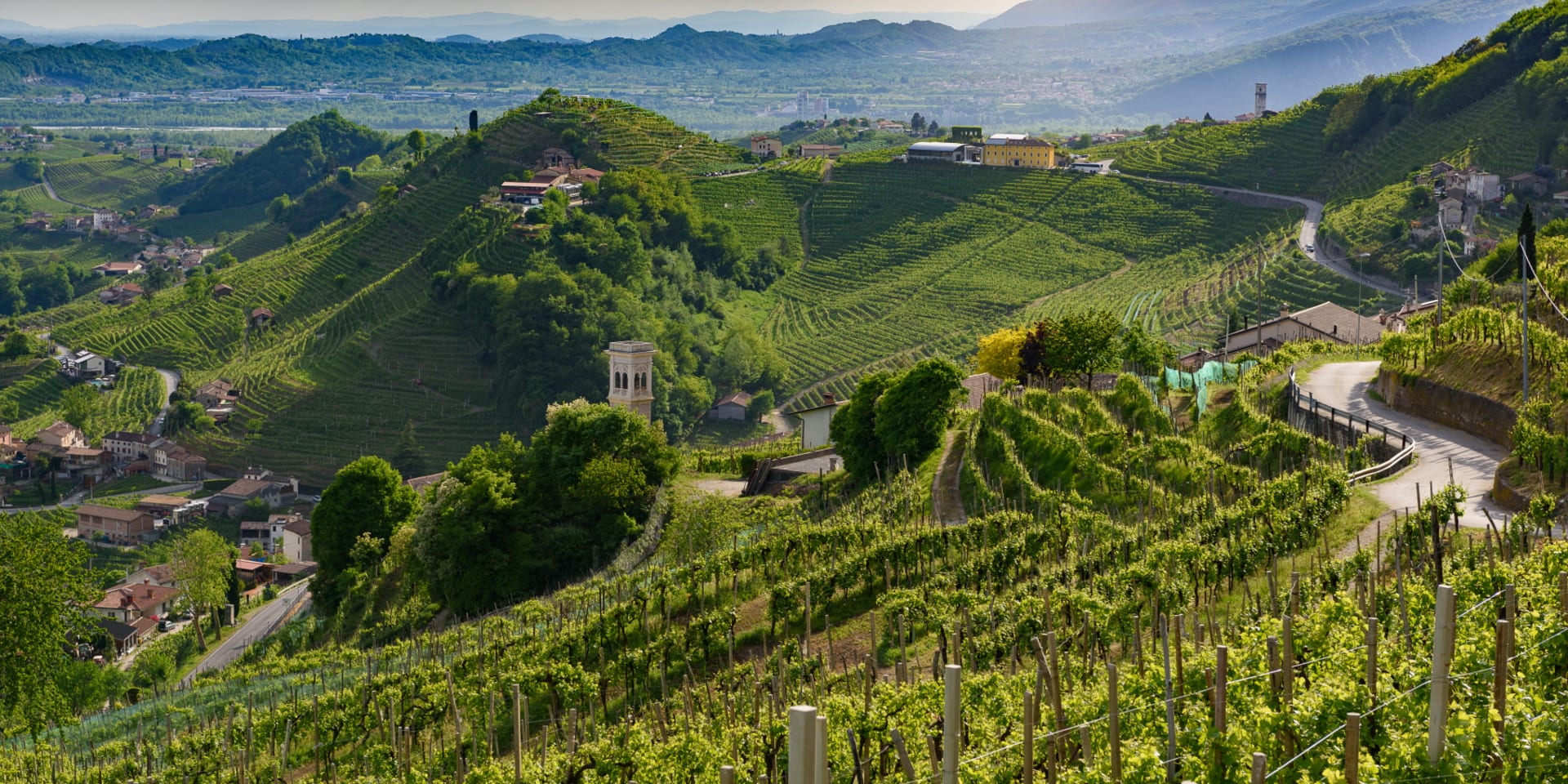What is the heroic viticulture?
As its name suggests, heroic agriculture is a particular type of agriculture that requires a 'heroic' effort from both the farmers and the plant species themselves, due to the particular environmental conditions in which they are planted.
Examples of heroic agriculture, in Italy, include the lemon groves on the Amalfi Coast and the lentils of Castelluccio di Norcia, cultivated in stony fields. However, it is mainly to viticulture that this concept applies.
Heroic viticulture is a kind of viticulture that is practised in impervious areas, which are difficult to manage but capable of producing surprising wines (so-called 'heroic wines'). While initially the term 'heroic viticulture' was used to refer to entire territories, such as the Cinque Terre or the Valtellina, CERVIM (Centre for Research, Studies and Valorisation for Mountain Viticulture) has recently defined a veritable list of characteristics that heroic vineyards must fulfil:
- minimum 30% slope
- altitude above 500 metres above sea level;
- cultivation on steps or terraces;
- growth on small islands.
Where is the heroic viticulture practised?
The Consolidated Law on Vine and Wine, enacted in 2016, contains an article dedicated precisely to safeguarding heroic vineyards. Specifically, it provides that the State intervenes with activities for the 'restoration, recovery, maintenance and safeguarding of vineyards in areas subject to hydrogeological instability risk or having particular landscape, historical and environmental value'. So-called heroic or historic vineyards, to be precise.
However, historic and heroic vineyards have profound differences between them.
Historic vineyards
Historical vineyards are vineyards that have been present in a specific area since before 1960, cultivated using traditional techniques and located in areas of scenic value or with historical hydraulic-agricultural systems.
Heroic vineyards
Heroic vineyards, on the other hand, are vineyards located on small islands, or in areas subject to hydrogeological instability, or whose conditions make mechanisation (or almost) impossible. In both cases, these are extremely difficult conditions compared to traditional viticulture.
Heroic viticulture, therefore, is generally practised in the mountains. Vineyards cultivated in this way must stand on terraces or steps, or have a minimum slope of 30% or a minimum altitude of 500 metres above sea level. But one also speaks of heroic vine-growing with reference to vines cultivated on small islands. It is sufficient that the vineyard meets one of these characteristics to be defined as heroic.
In Italy, heroic vine-growing is practised in Trentino Alto-Adige, on the Carso plateau (in the Friuli Venezia-Giulia part), on the islands of Sicily (Pantelleria in primis), on the Island of Elba, in the Cinque Terre, in Calabria (on the coasts, but also on the Sila and Pollino), in Sicily, in Valtellina, in Veneto and in Valle d'Aosta.
Where heroic wines are cultivated in Italy
The most famous example of heroic vine-growing in Italy is the Prosecco Hills of Conegliano and Valdobbiadene, a UNESCO World Heritage Site and the cradle - in addition to elite tourism - of some of Italy's best-known wines. In Trentino, Muller Thurgau is cultivated according to the principles of heroic viticulture, an aromatic white wine whose grapes are grown on terraces made of porphyry boulders and volcanic rock. The Sfursat stands out among the heroic wines of Valtellina, the Sciacchetrà (whose taste is reminiscent of honey) is the most prized wine of the Cinque Terre. In Sardinia, Carignano (a rich, full-bodied red wine produced in the territories of Carbonia and Iglesias) is cultivated on clay and sandy soils.
Finally, in Valle d'Aosta, in some of the highest vineyards in Europe, the so-called 'Ice Wine', the white Chaudelune Vin de Glace, is born. Its grapes, 100% Prié Blanc, are harvested at night after the first frosts (when the temperature is -6/-10°C) and have a high sugar value
Which vines to grow in the mountains
Viticulture in the mountains is mainly influenced by temperatures: grapes ripen more slowly, often late, and acidity wins out over sugar content. For this reason, among the vines to be cultivated in the mountains, there is a clear predominance of vines for sparkling wines produced with the classic method (such as Muller Thurgau).
Particularly suitable vines for cultivation at high altitudes are also:
- the Sauvignon;
- Carricante and Catarratto, which, on Etna, give rise to wines somewhere between mountain wines and volcanic wines;
- the Chardonnay
- Prié blanc, an indigenous Valle d'Aosta vineyard that loves higher altitudes.


 CIDER
CIDER

 Argentina
Argentina
 Brazil
Brazil
 Chile
Chile
 China
China
 France
France
 Germany
Germany
 Spain
Spain
 United Kingdom
United Kingdom



